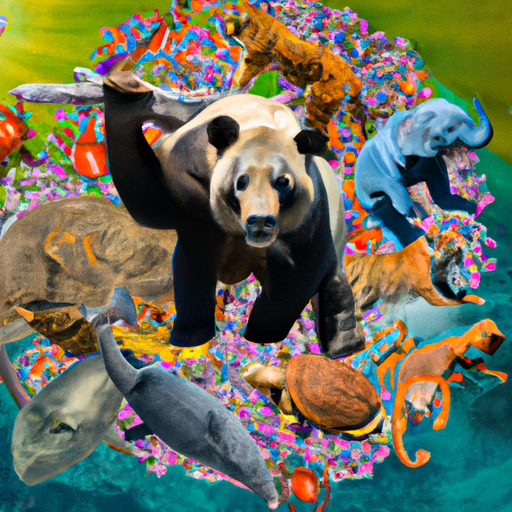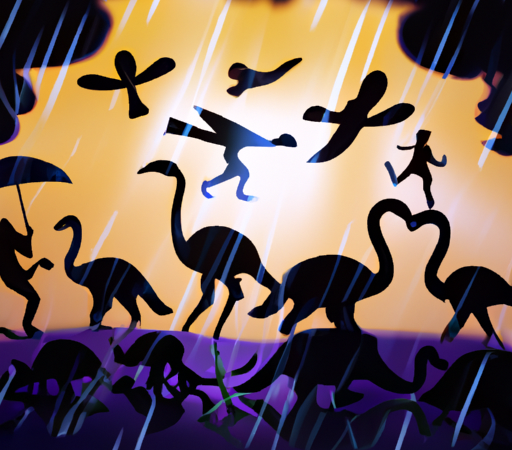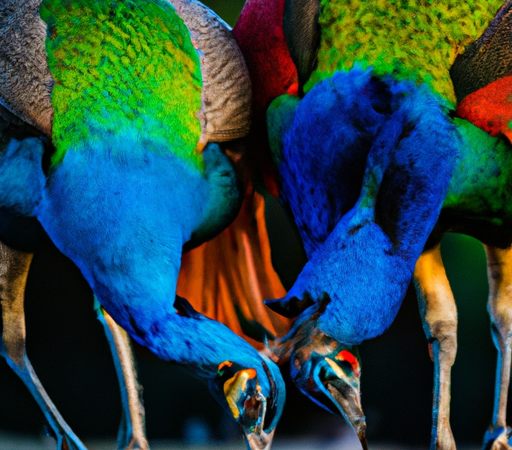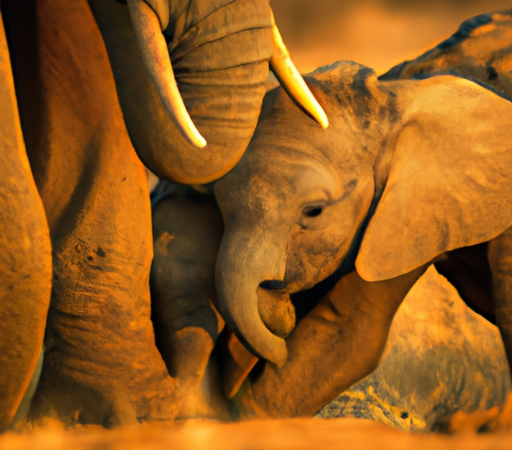Wildlife Conservation Success Stories: Species Bouncing Back from the Brink

Wildlife Conservation Success Stories: Species Bouncing Back from the Brink
In a world faced with daunting challenges like climate change, habitat destruction, and poaching, it is easy to lose hope for the future of our planet's biodiversity. However, amidst the crisis, there are shining examples of wildlife conservation success stories that give us a glimmer of optimism for the future. These tales prove that with concerted efforts, dedication, and the right conservation strategies, species can indeed bounce back from the brink of extinction.

One such success story is the recovery of the California condor. Once on the brink of extinction, with just 27 individuals left in the wild in the 1980s, the California condor has made an impressive comeback. Through captive breeding programs, extensive habitat restoration, public awareness campaigns, and strict monitoring, the population has now risen to more than 400 individuals. This remarkable achievement stands as a testament to the power of collaborative efforts and the importance of preserving critical habitat for endangered species.
Another well-known success story is the revival of the black-footed ferret, considered the most endangered mammal in North America. By the 1980s, this small carnivore was believed to be extinct, but a small population was rediscovered in Wyoming. This led to an intensive captive breeding program, which successfully reestablished populations in several locations across the United States and Canada. Today, the black-footed ferret remains endangered, but its population has significantly increased due to careful conservation efforts.
The story of the Arabian oryx is yet another inspiring example of species recovery. Once extinct in the wild, this majestic antelope was saved from the brink through captive breeding and reintroduction programs. With dedicated conservation efforts, the population of the Arabian oryx now exceeds 1,000 individuals in the Arabian Peninsula, including in countries previously devoid of this species. This achievement showcases the importance of close collaboration between governments, conservation organizations, and local communities to safeguard vulnerable species.

Marine life also presents notable success stories. The humpback whale, once ravaged by commercial whaling, has shown remarkable resilience. Following the international ban on whaling in 1986, humpback whale populations have rebounded significantly across the globe. From the brink of extinction, they now represent a conservation success story celebrated for their recovery. This resurgence emphasizes the importance of international cooperation and conservation measures in protecting marine ecosystems and their inhabitants.
These stories of conservation success may be heartening, but they also underscore the ongoing challenges faced by endangered species worldwide. While the recovery of these species is encouraging, it is vital to remember that they remain vulnerable, and their continued survival depends on continued support and vigilant conservation efforts.
To ensure the long-term success of conservation programs, it is crucial to address the underlying causes of the declining populations. This includes combating habitat loss, reducing poaching and illegal trade, minimizing human-wildlife conflicts, and mitigating the impacts of climate change. Moreover, empowering local communities, raising public awareness, and fostering sustainable practices are fundamental to achieving lasting conservation outcomes.
The success stories of species bouncing back from the brink remind us that it is not too late to make a difference. By working together, taking action, and implementing effective conservation strategies, we can provide endangered species with a chance to thrive and restore balance to our precious ecosystems. Let these stories of triumph inspire us to be stronger advocates for wildlife conservation and to preserve our natural heritage for generations to come.






